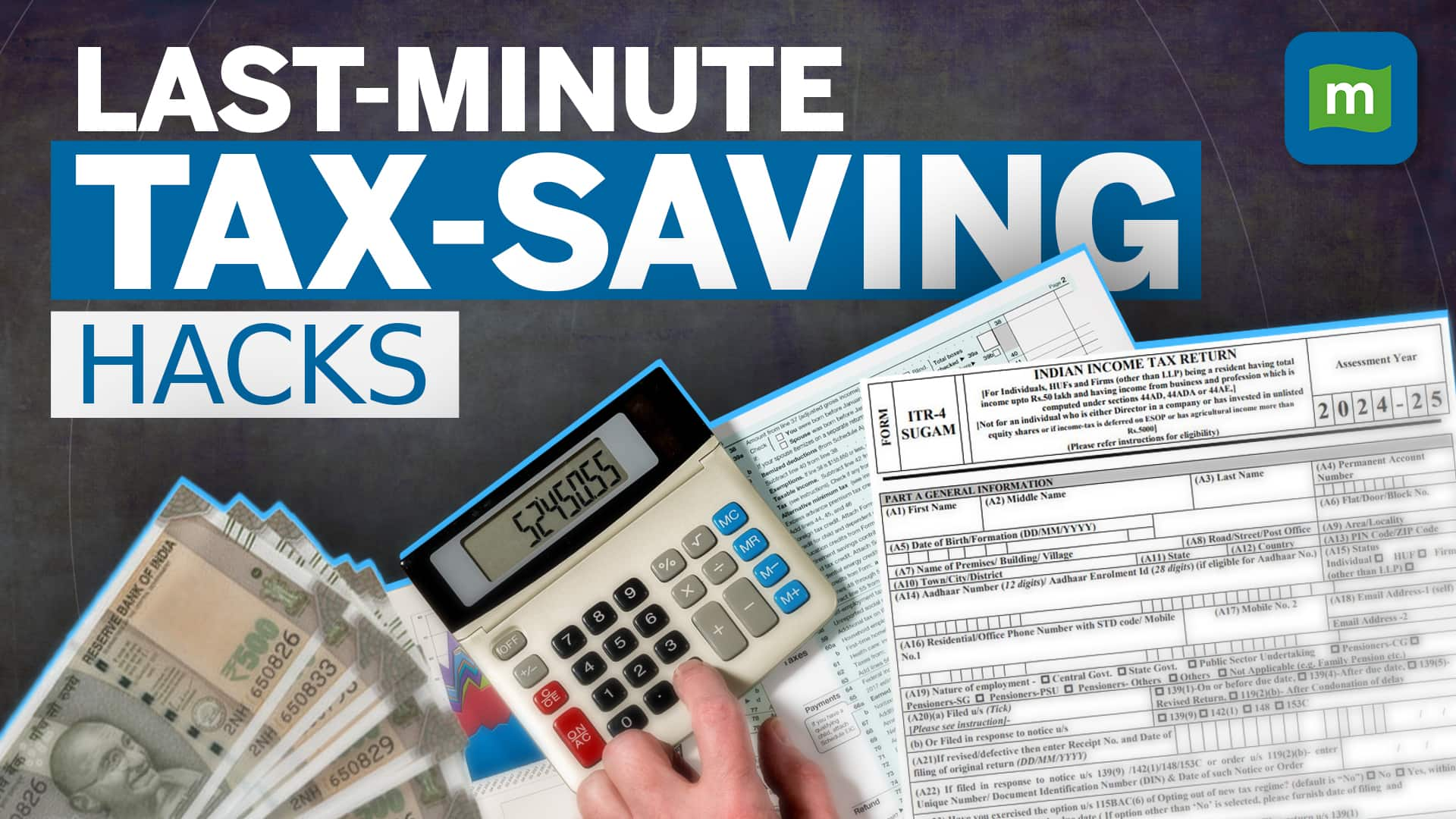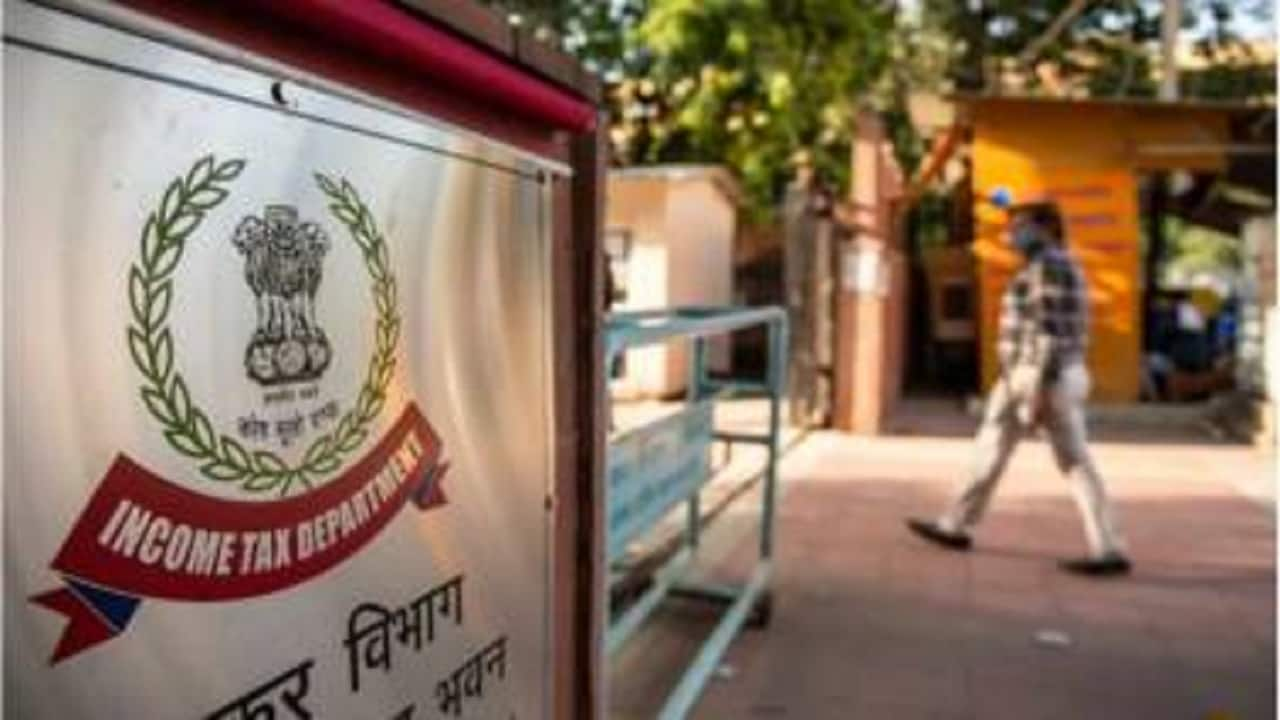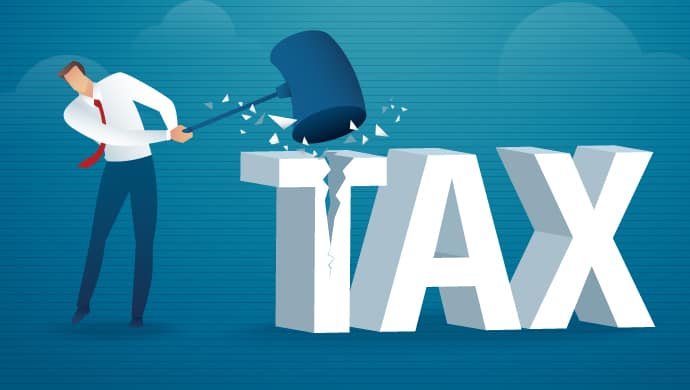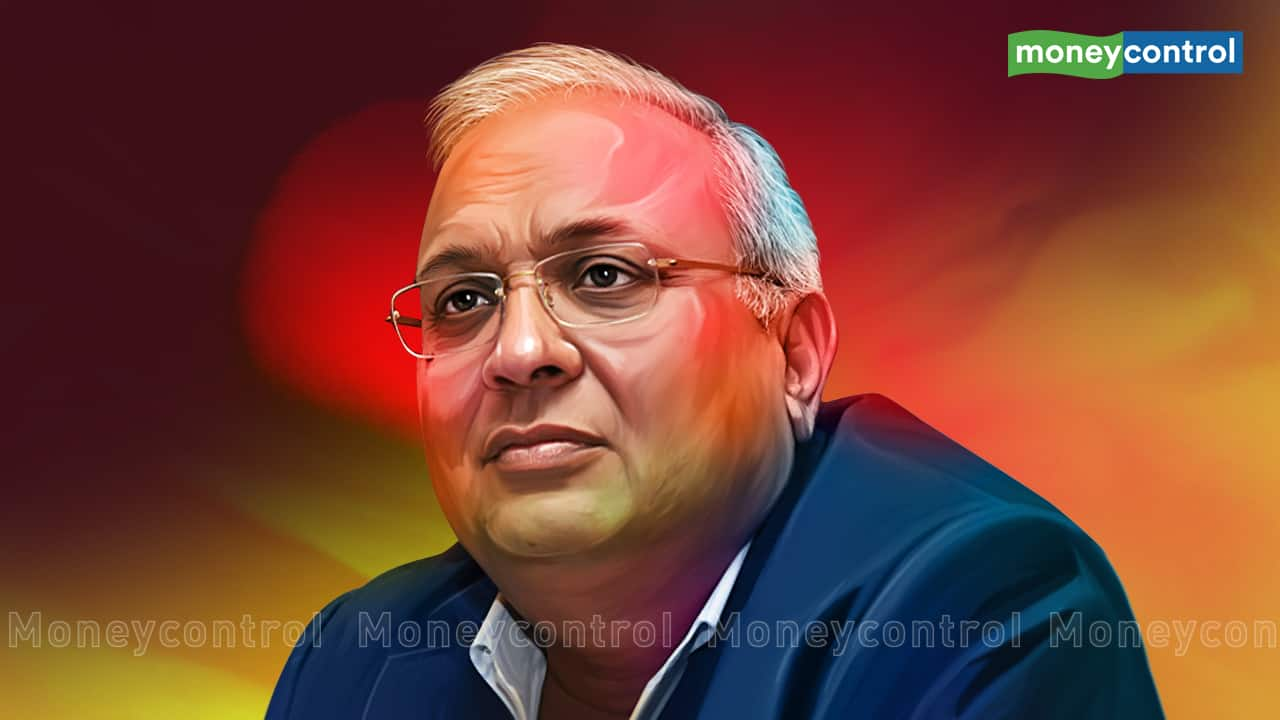mcpersonalfinanceinternal->Moneycontrol/MC_PersonalFinance/MC_PersonalFinance_Internal_728x90|~|Moneycontrol/MC_PersonalFinance/MC_PersonalFinance_Internal_300x250_ATF->
In App
Open App
Get App / Open App
- Home
- My Feed
- Remove AdsGet Premium Content Go Pro @₹99
- Moneycontrol PRO
-
Elections 2024

-
IPL 2024

- Credit Score₹100 Cash Reward
- Markets
- Web Stories
- Tax Calculator
- Forum
- Gold Rate
- Silver Rate
- Storyboard18
-
IPO

- Economic Calendar
- Global Markets
- US Markets
- Indian Indices
- News
-
Real Estate

- Big Shark Portfolios
- Portfolio
- Watchlist
- Personal Finance
-
Moneycontrol - SecureNow Health Insurance ratings

- Mutual Funds
- Commodities
- Currencies
- Media
- Invest Now
- Specials Trending
- International
















